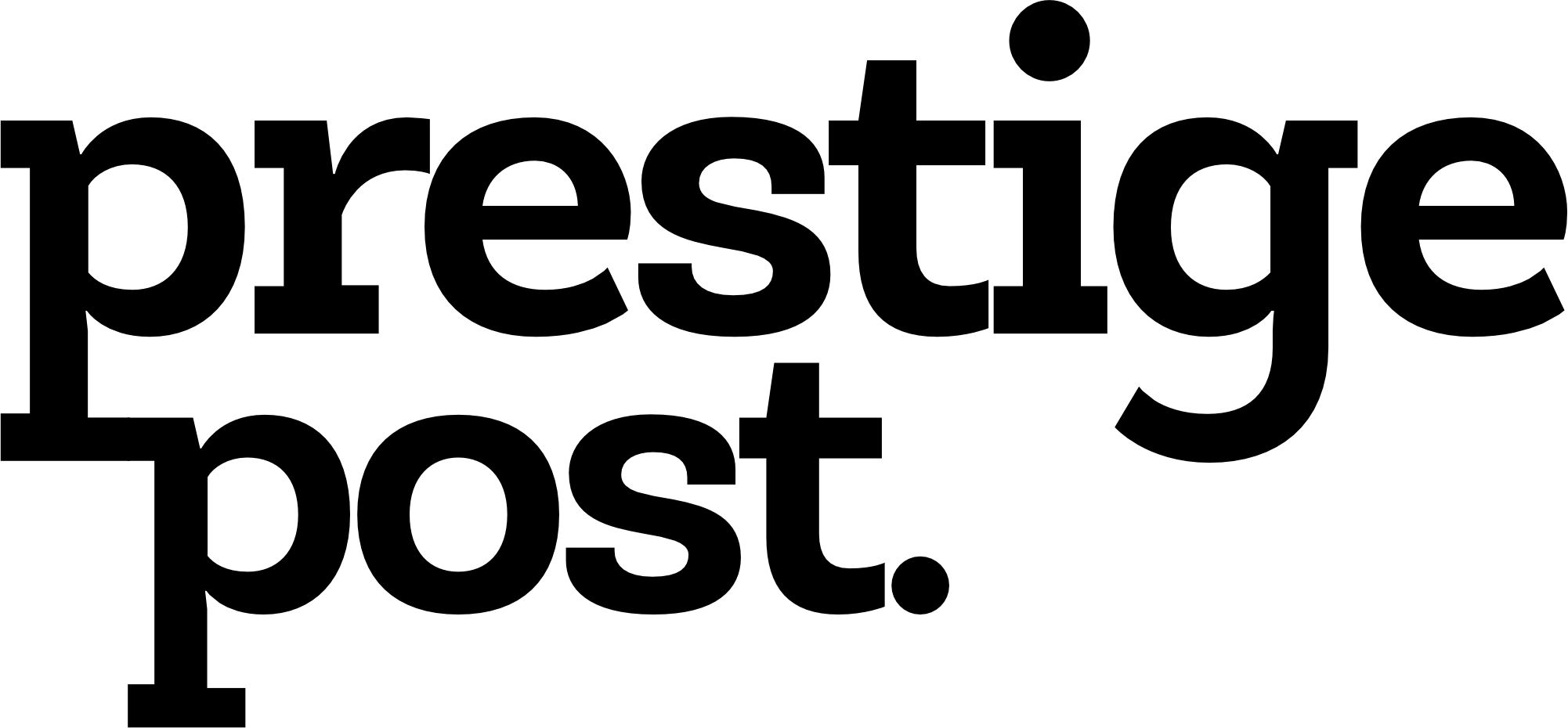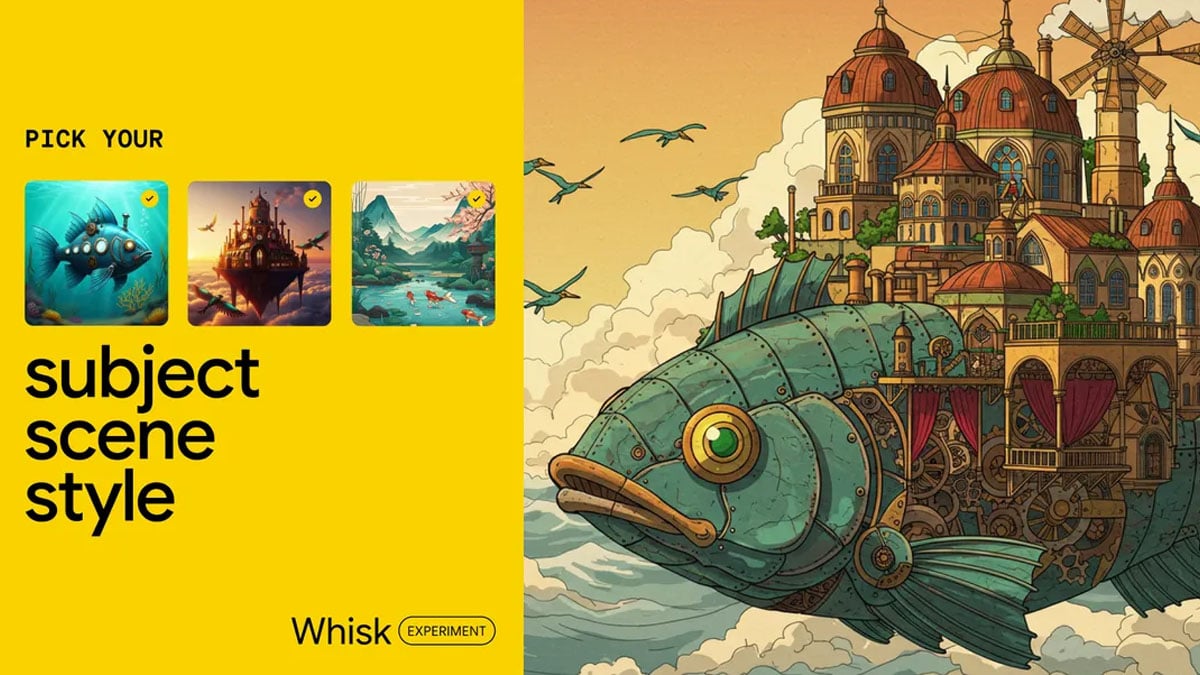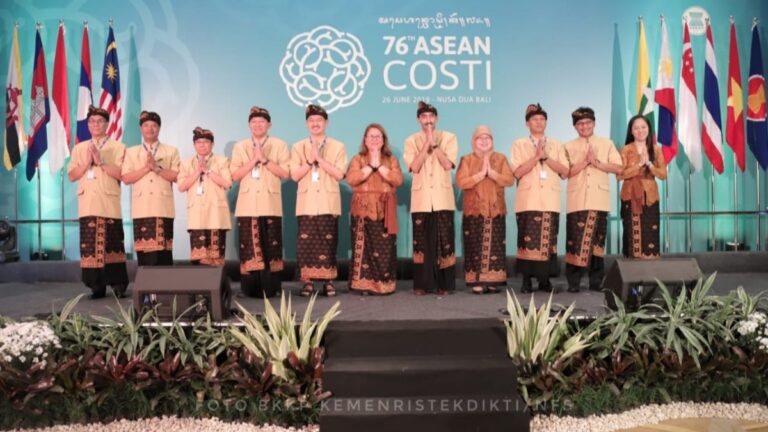In a groundbreaking move to revolutionize digital creativity, Google has introduced “Whisk,” an AI-powered tool that uses images instead of traditional text inputs to generate unique visual content. This innovative platform empowers users to upload photographs that act as prompts, leading to the creation of AI-generated images that combine subjects, settings, and styles into a cohesive whole. By prioritizing imagery over textual descriptions, Whisk represents a significant leap in the application of artificial intelligence, highlighting Google’s dedication to pushing technological boundaries while making advanced tools accessible to a broader audience.
Unlike conventional tools used for editing and perfecting images, Whisk is designed as a “creative tool” that fosters imagination and exploration. Its purpose is not to produce pixel-perfect results but to offer a dynamic space for artistic experimentation. Google has explicitly stated that Whisk is intended for rapid visual prototyping, distinguishing it from more traditional image editors aimed at professionals. This focus on exploration over perfection reflects a growing demand for user-friendly tools that can inspire creativity in everyday contexts.
The release of Whisk comes at a time of intense competition in the AI industry, particularly in the consumer space where companies like Google and OpenAI are vying for dominance. With the introduction of generative AI tools that have captured global attention, the stakes are higher than ever. Since OpenAI’s launch of DALL-E in 2021, the concept of AI-generated artwork has exploded in popularity, becoming a focal point for innovation. Whisk builds upon this momentum by offering an image-to-image generation platform, marking a departure from the text-to-image paradigm that has dominated the field so far.
One of Whisk’s standout features is its ability to “remix” visual elements. Users can adjust their inputs to reinterpret an image’s essence, transforming it into entirely different forms such as plush toys, enamel pins, or stickers. While text inputs can be used to refine the final product, they remain optional, allowing users to rely solely on visual cues. This flexibility makes Whisk a versatile tool, appealing to both casual users and those seeking more sophisticated creative applications.
Thomas Iljic, Director of Product Management at Google Labs, emphasized Whisk’s unique value proposition, stating, “Whisk is designed to allow users to remix a subject, scene, and style in new and creative ways, offering rapid visual exploration instead of pixel-perfect edits.” The emphasis on reimagining and experimenting aligns with Google’s broader vision of democratizing access to AI-driven creativity, making advanced tools approachable for all users regardless of technical expertise.
The technical foundation of Whisk lies in Google’s state-of-the-art AI framework, Gemini, which was introduced in December 2023. Combined with DeepMind’s Imagen 3—a cutting-edge text-to-image generator—Whisk harnesses the power of advanced generative AI to deliver captivating results. When a user uploads an image, Gemini generates a descriptive caption that serves as input for Imagen 3, which then creates the final image. Rather than replicating the input precisely, the system captures the “essence” of the subject, allowing for imaginative reinterpretation. This approach fosters creativity but may also result in variations in details such as height, hairstyle, or skin tone—a feature that Google has acknowledged as inherent to Whisk’s exploratory nature.
Whisk’s debut as a web-based tool available through Google Labs signals the beginning of its journey. Currently accessible only to users in the United States, the platform is in its early stages, with Google actively seeking user feedback to guide future enhancements. This measured rollout reflects the company’s strategic approach to AI product development, ensuring that innovations are both impactful and responsive to user needs.
The competitive dynamics of the AI industry continue to evolve rapidly, with new advancements unveiled almost daily. OpenAI’s recent introduction of “Sora,” a text-to-video generator, underscores the intensity of this race. Dan Ives, Managing Director and Senior Equity Analyst at Wedbush Securities, described Whisk as “another flex-the-muscles moment” for Google, highlighting the tool’s role in solidifying the company’s leadership in the AI space. Ives also noted the strategic importance of DeepMind, characterizing it as a cornerstone of Google’s innovation strategy. Whisk, alongside other projects like a collaborative Android operating system developed with Samsung and Qualcomm, exemplifies Google’s commitment to staying at the forefront of technological advancement.
As the influence of generative AI continues to expand, Whisk stands as a bold example of how technology can redefine creativity. By enabling users to interact with visual content in entirely new ways, Google is not only reshaping artistic processes but also paving the way for a future where AI-driven tools are seamlessly integrated into everyday life. The launch of Whisk marks a significant step forward, offering a glimpse into the limitless possibilities of human-AI collaboration.








